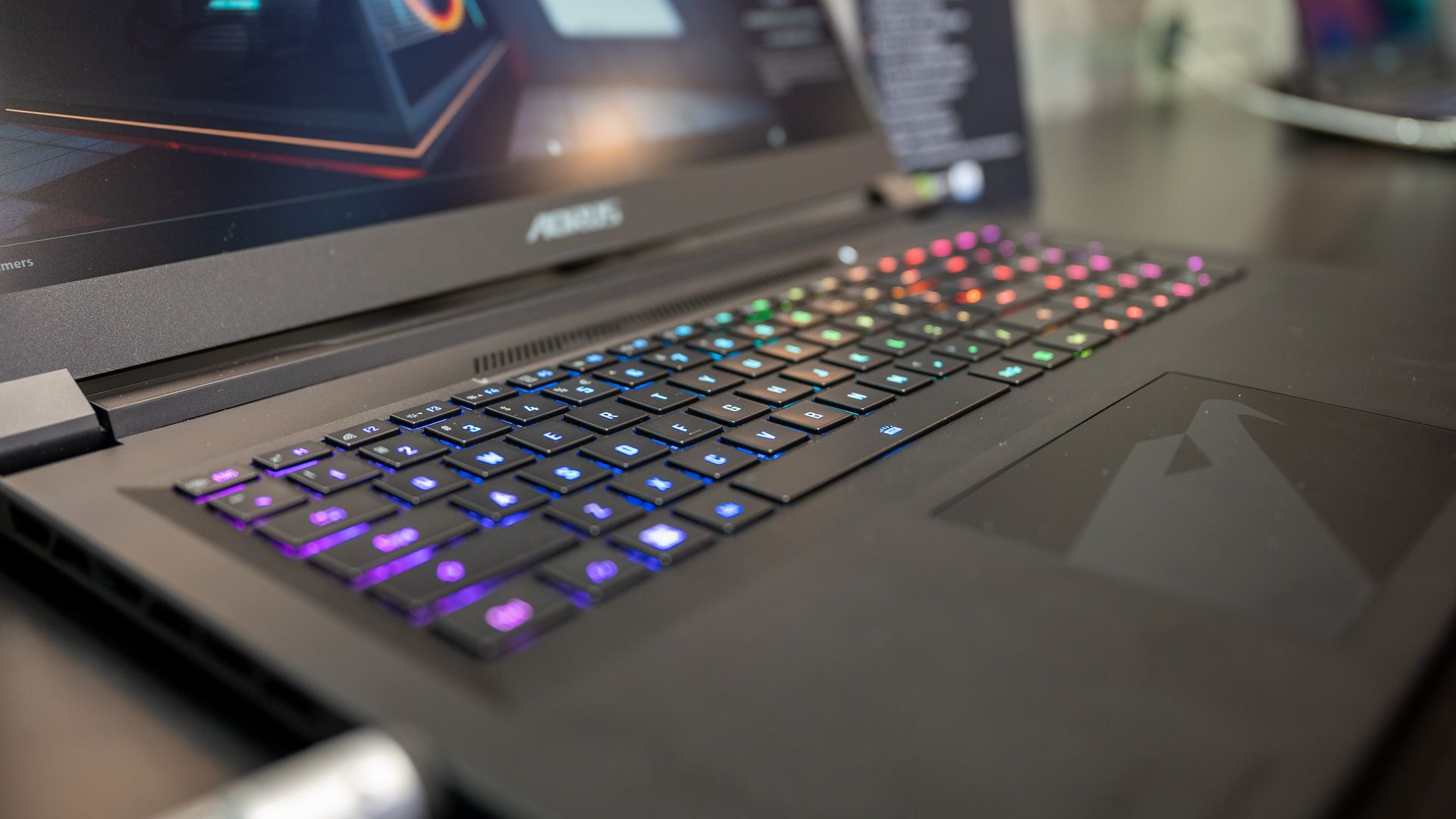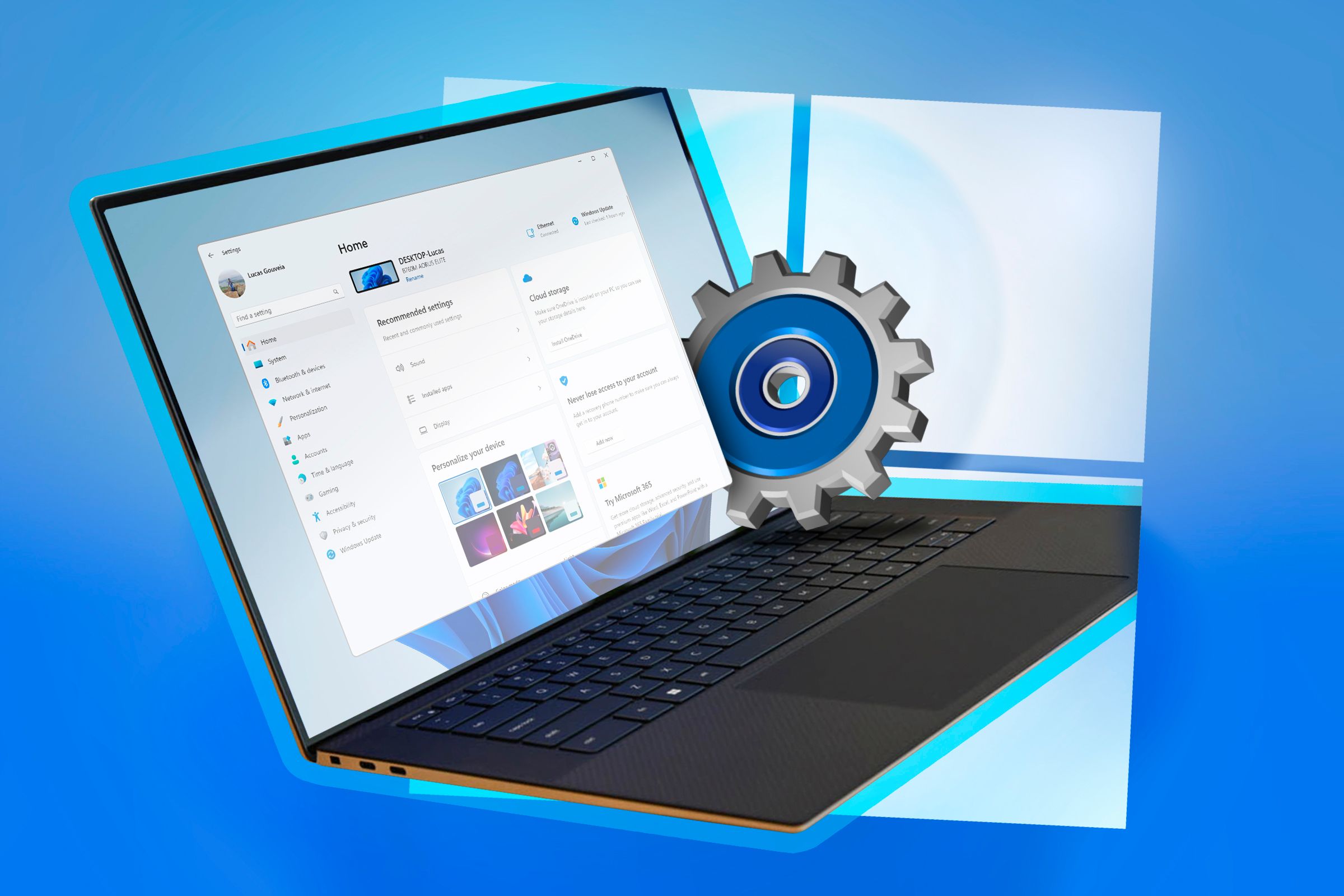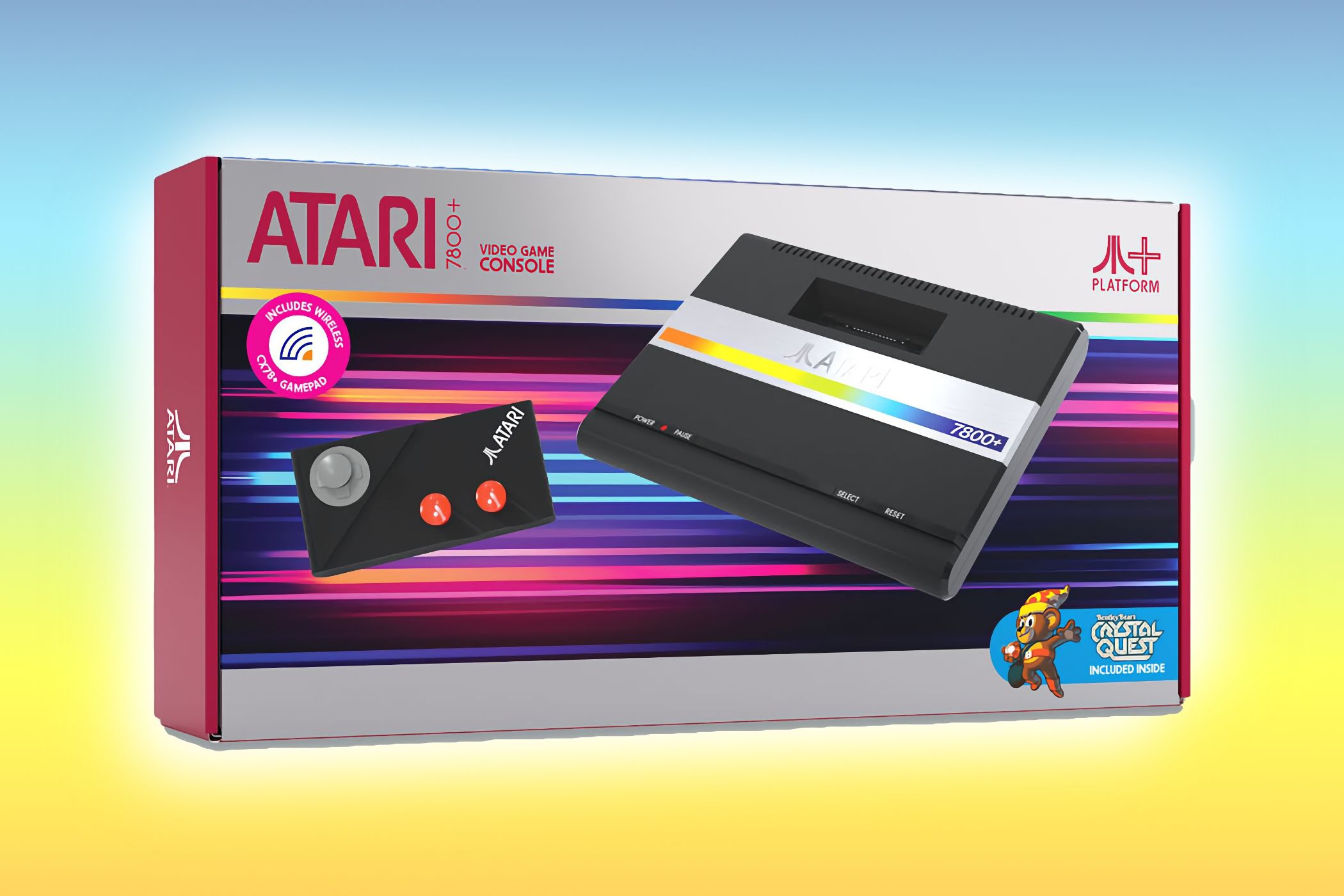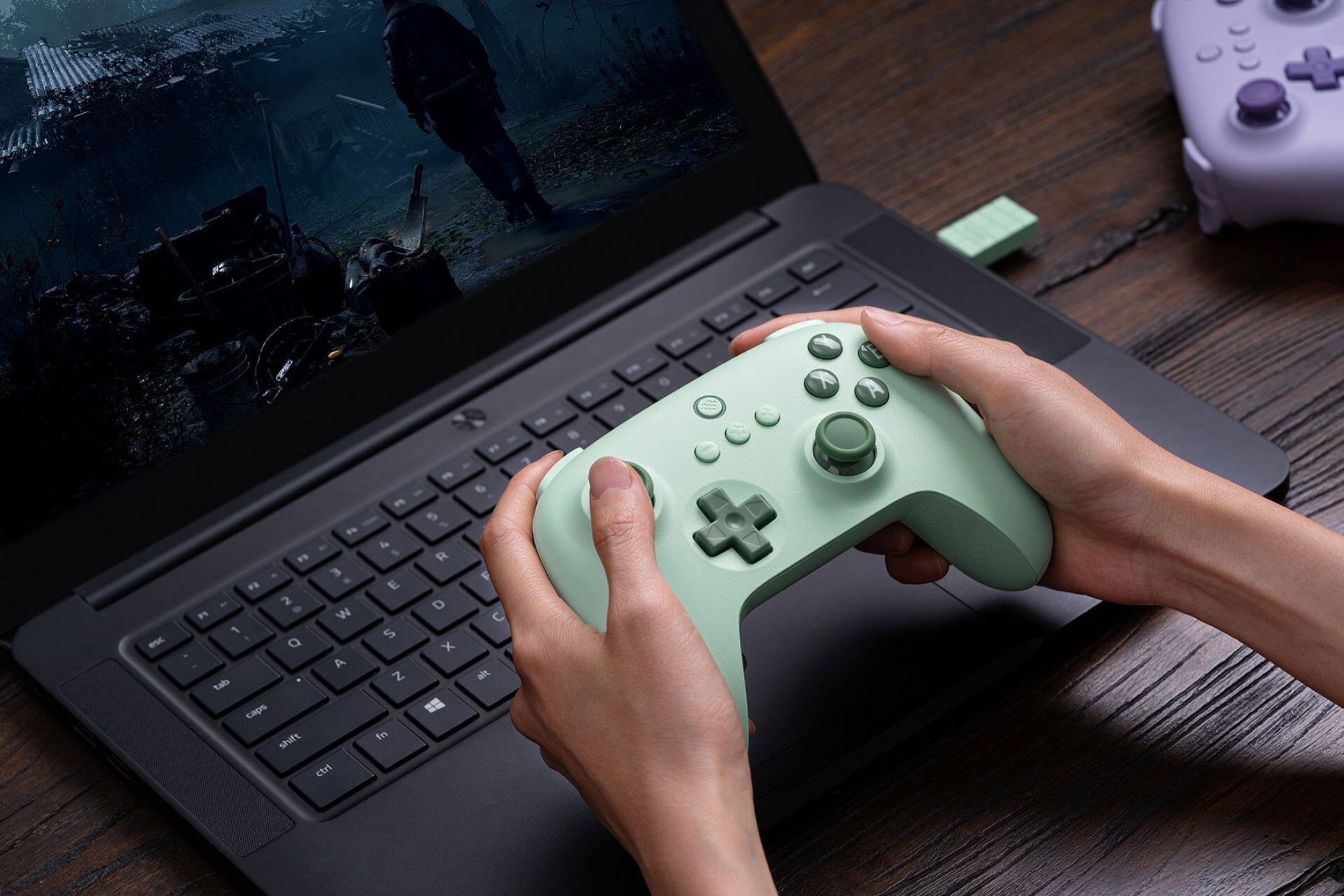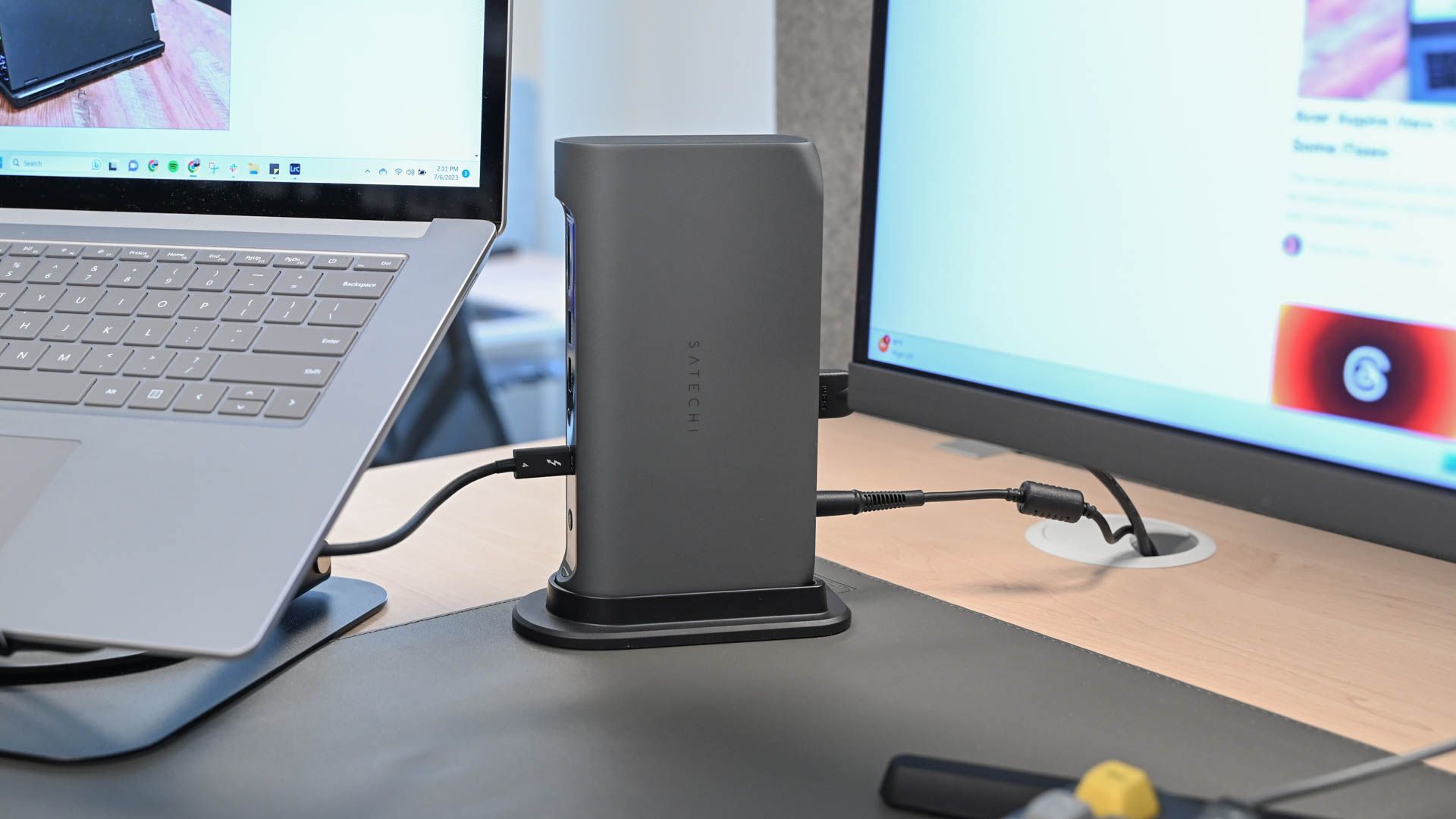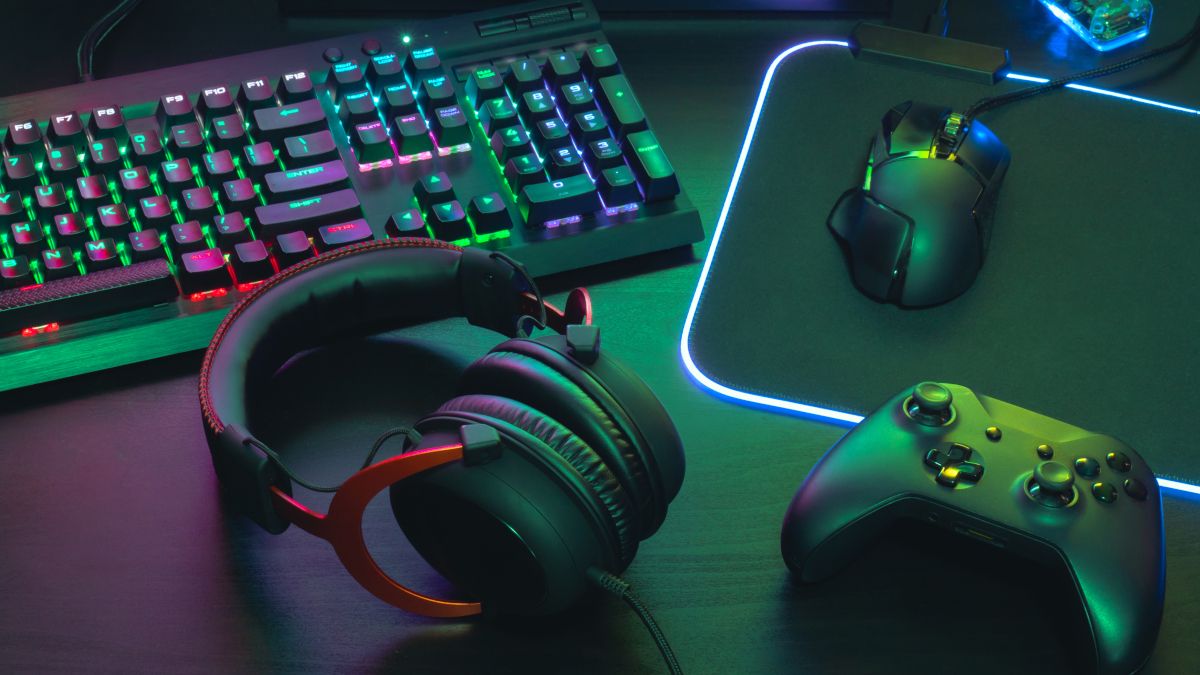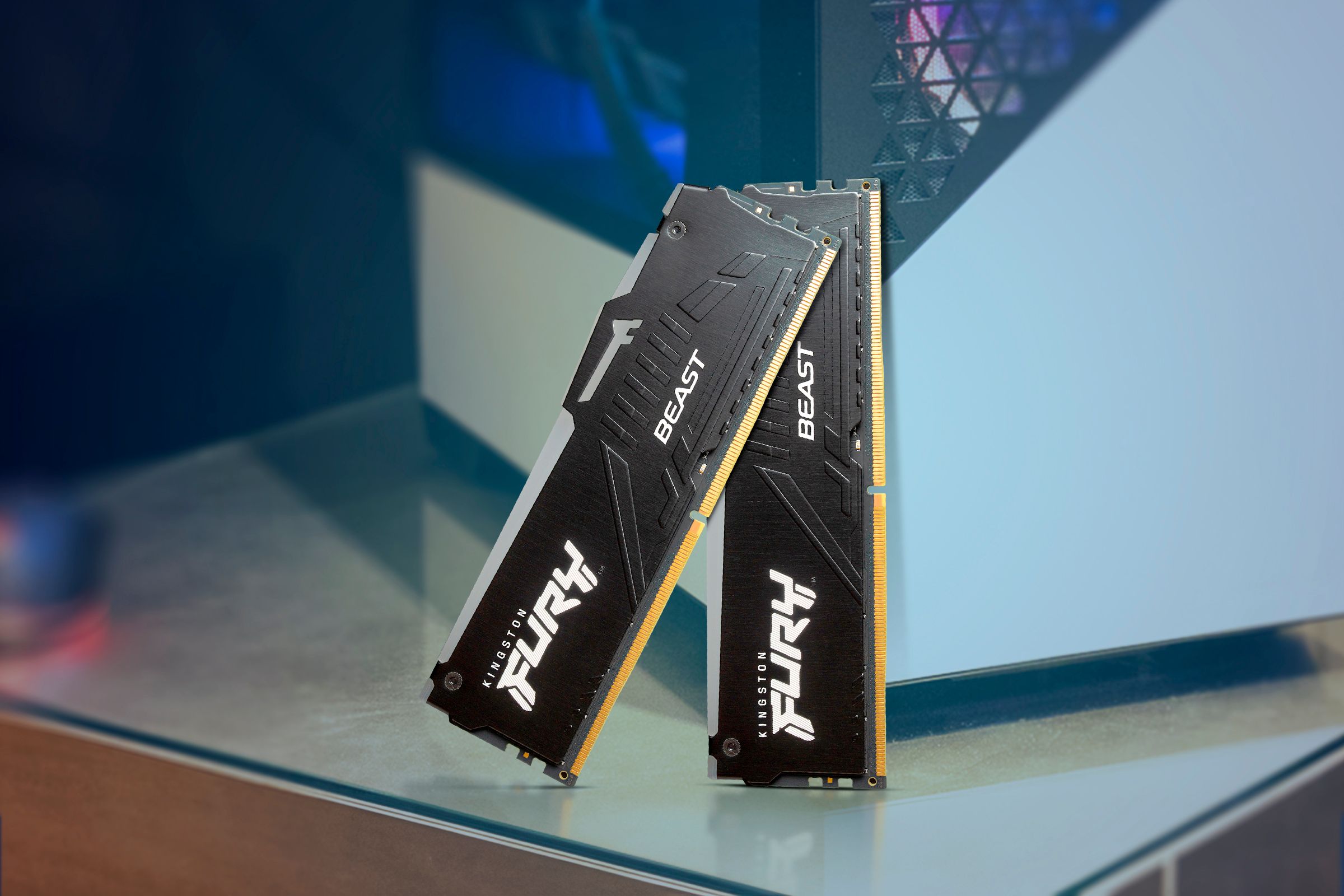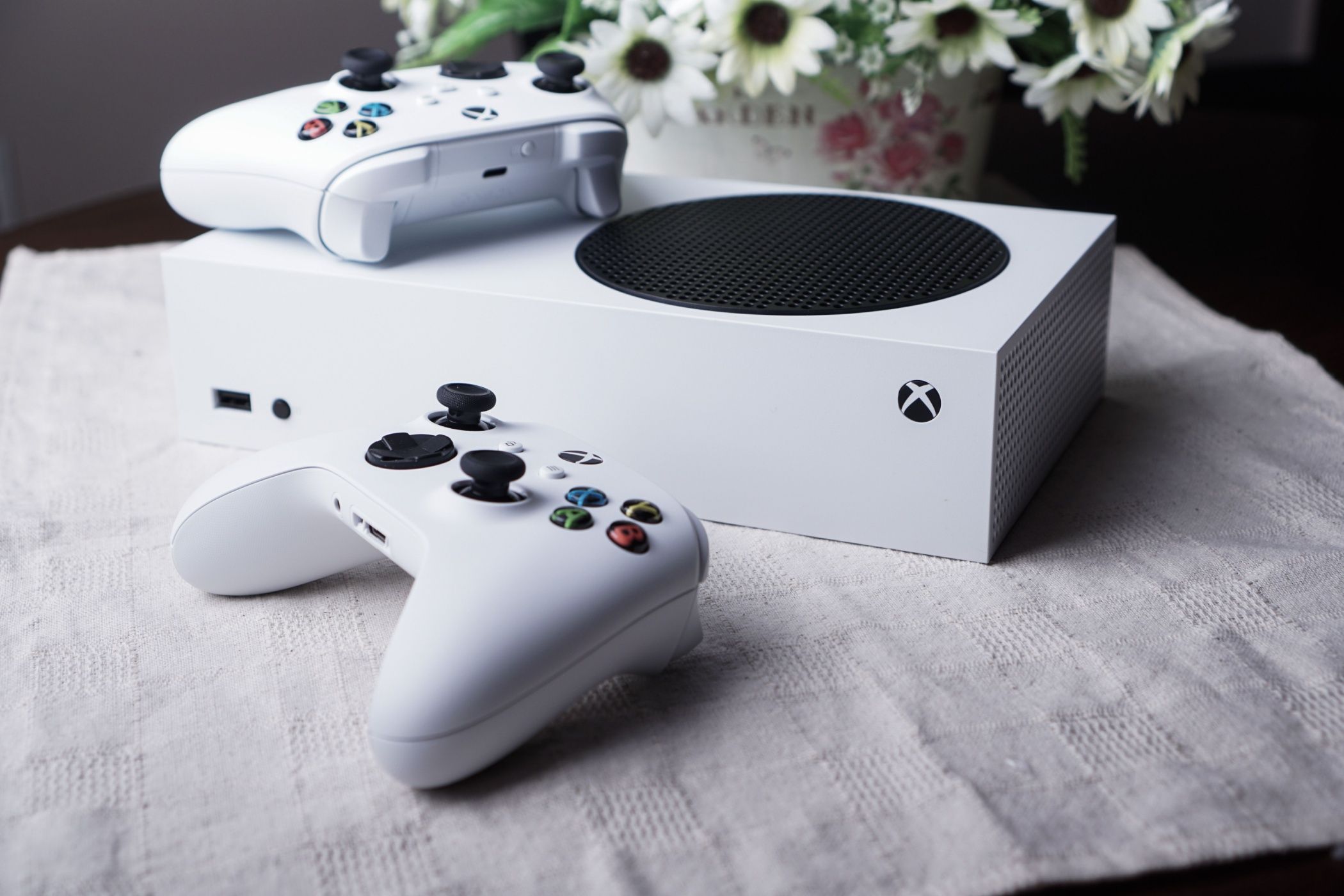You Can Play Games on a Non-Gaming Laptop, but Make These Changes First
Laptops
Key Takeaways
- Match your games to your laptop’s specifications for the best performance, even if that means playing older titles, slower-paced games, or turning down the graphical fidelity.
- Upgrades to your RAM or adding an eGPU can greatly improve performance as long as your laptop is designed with upgradeability in mind.
- Accessories like a portable battery pack, external SSDs, and a cooling pad will keep you gaming for hours on end.
You don’t need a gaming laptop to play games, you just need to make some sensible decisions, careful tweaks, and perhaps a few inexpensive additional purchases. If you’re determined enough you can turn even the most boring work laptop into a gaming machine.
The Games You Play Will Determine Your Gaming Experience
Before we start looking for problems to fix within the laptop itself, let’s get a baseline reading of your hardware requirements and see how your current or prospective laptop stacks up.
To get started, take a look at the recommended specs for the games you currently play and are interested in playing. Graphics-heavy, AAA titles like EA SPORTS FC 24 will require a lot more from your system than a game like Ori and the Blind Forest that runs well even on a potato PC.
This doesn’t mean you’re bound to older games, though. The genres you play can also make a huge difference. For example, gamers who enjoy combat genres will have an easier time with turn-based games over real-time combat. Turn-based games give your PC a break since there’s less emphasis on fast-paced action, so you can get away with lower frame rates without compromising the overall experience.
There are exceptions to this rule, with games like Baldur’s Gate 3 heavily taxing your CPU, particularly the game’s third act. Similarly, slower-paced strategy and city builders like Cities: Skylines II can easily turn into torture tests for your hardware.
But just because you don’t have to play older titles doesn’t mean you shouldn’t give them a try. Not only will these be easier to run on your laptop thanks to the leaps in technology but they’re also a great look at where modern games have taken inspiration from (and you can find some real hidden gems).
Two of my current favorite games are a “new to me” title from 2009 and a game from 2004 that I played as a kid.
Check Your Specs
Let’s say you love graphics-heavy, AAA titles, but you only have a standard laptop that’s below spec requirements. One obvious solution is to adjust your settings accordingly. However, this can defeat the purpose of playing these titles to some degree.
You’ll want to focus on reducing the rendering resolution, turning quality settings down to low or medium, disabling features like ray tracing, and making use of any upscaling technologies like NVIDIA’s DLSS or AMD’s FSR.
A better solution may be to purchase an external GPU, commonly called an eGPU. If you decide to go this route, you’ll want to be careful not to create a bottleneck in your CPU, which would ultimately lead to major lag issues. Getting the wrong eGPU can be a costly mistake because of how expensive this hardware is.
Another area laptop gamers should turn their attention is RAM. This acts as your PC’s short-term memory, recalling information as soon as it’s needed. Most standard laptops are equipped with only 8GB of RAM, which is widely considered the bare minimum for gaming.
That said, gamers are encouraged to have at least 16 or 32GB of RAM for a more comfortable experience. If you’re not already in this range, check whether your laptop supports RAM expansion or not.
RAM specs don’t end at the available capacity, though. You’ll also want to check your RAM’s speed and type. Though RAM speed won’t give the average gamer a noticeable boost in performance as commonly believed, checking the speed and type will help make sure that your new RAM is compatible with your current laptop.
With the GPU and RAM taken care of, the next thing to look at is storage. As with many factors, how much storage you should have is determined by your specific needs. Depending on how many games you’d like available to play and how much space your games require, you may be able to get by with the 512GB of SSD storage that’s slowly becoming the laptop minimum. However, gamers are generally advised to have 1-2TB of storage especially if they appreciate being able to play a variety of games at any one time..
Most gaming laptops offer the recommended amount of storage and are almost as easily upgraded as a desktop PC. As we saw with RAM, though, standard laptops are also offering more upgrade options.
If your laptop doesn’t support storage expansion, you can always turn to cloud gaming platforms like Amazon Luna and NVIDIA GeForce Now. If cloud gaming isn’t your thing or isn’t available in your area, you can purchase an external solid state drive to free up some space. It’s worth noting, though, that you’ll likely have a better experience building one yourself.
Boost Your Setup With Peripherals and Accessories
A staple piece of any laptop gaming setup should be a USB-C docking station which offers more connectivity options. Some docks also allow for pass-through charging.
If the dock you choose doesn’t provide pass-through charging, a portable battery pack can be a great alternative to combat low battery capacity. Many standard laptops claim their batteries can run half the day or longer on a single charge, but this is only the case for users running very basic, day-to-day programs.
After getting your dock set up, you can start plugging in all the good stuff. The best accessory for laptop gaming is a controller, but those who prefer a keyboard and mouse will likely want to get a wireless keyboard and gaming mouse.
For the average gamer, the limited keyboard and simplistic trackpad simply won’t meet your gaming needs. These components are typically low quality and lack the maneuverability, precision, or feedback that desktop keyboards and gaming mice bring to the table.
Another great accessory for laptop gaming is a gaming headset. Though laptop speakers have improved in quality across the board, a gaming headset can still be the difference between hearing someone sneak up behind you and being completely ambushed.
As with many peripherals, gaming headsets come in both wired and wireless varieties. Most gamers find wired headsets provide better sound quality, but many prefer the convenience of wireless sets.
With all of these upgrades, your laptop will surely appreciate a good cooling pad. Due to their compact form, most standard laptops can rely on the airflow provided by their shell design to keep everything cool. For this reason, most manufacturers focus on overall design rather than cooling components. However, the standard laptop user doesn’t demand nearly as much from their device as gamers do, so it’s best to give your system a helping hand if you can.
You don’t need to buy every accessory or upgrade all of your hardware. The best thing you can do is start playing some games and address any issues that arise along the way. Most important of all, remember to enjoy the journey as you turn a common piece of equipment into your personalized gaming haven on the go.








